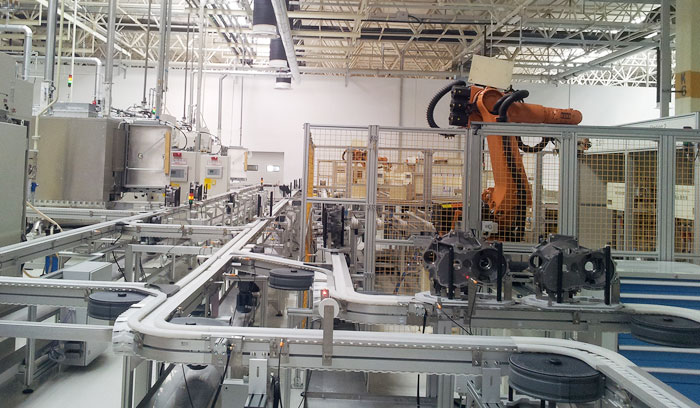

Flexible linear performance refers to the ability of an object or system to undergo elastic deformation and return to its original state under the action of external forces. In the field of engineering, the research and application of flexible linear properties are very extensive, which is of great significance for the design and manufacture of highly flexible and deformable mechanisms and structures.
Flexible linear properties can be used to describe the deformation behavior and mechanical properties of materials, components or systems in the process of stress. It mainly includes the expression of linear elastic properties, stress-strain relations, deformation capacity, stiffness and so on. In material mechanics, elastic modulus and Poisson's ratio are commonly used to describe flexible linear properties. Elastic modulus refers to the ability of a material to recover after being stressed, and Poisson's ratio describes the relationship between longitudinal and transverse deformation of a material under stress.
Flexible linear properties play an important role in engineering design and manufacturing. First, flexible linear properties can help engineers select the right materials and structures to meet design needs. For example, in aircraft wing design, it is necessary to select materials with higher elastic modulus and lower Poisson ratio to improve the strength and rigidity of the wing, while ensuring that the wing has a certain elastic deformation ability after being stressed, so as to reduce stress concentration and fatigue damage.
Secondly, flexible linear properties can also be used to simulate and analyze the deformation behavior of complex structures under stress. Through the study and modeling of flexible linear properties, the deformation of structures under different loading conditions can be predicted, which can guide the optimization and improvement in the design and manufacturing process. For example, in automobile manufacturing, the flexible linear performance can simulate the deformation of the body during a collision, and carry out structural design and safety assessment in advance to ensure the safety of passengers.
In addition, flexible linear properties can be used to develop and apply new materials and structures. For example, using the flexible linear properties of nanomaterials, display screens and smart materials with highly elastic and deformable capabilities can be realized. These materials and structures can automatically adjust their shape and performance according to the external environment and needs to achieve a variety of functions and applications.
In short, flexible linearity is an important parameter to describe the deformation and recovery ability of materials, components and systems under stress. In the field of engineering, the study and application of flexible linear properties are essential for the design and manufacture of highly flexible and deformable mechanisms and structures. By studying flexible linear properties, we can achieve the goal of optimal design, safety assessment and development of new materials, and drive the development and advancement of engineering technology.


No. 3, Guangda Road, Zhitang Industrial Park, Changshu City